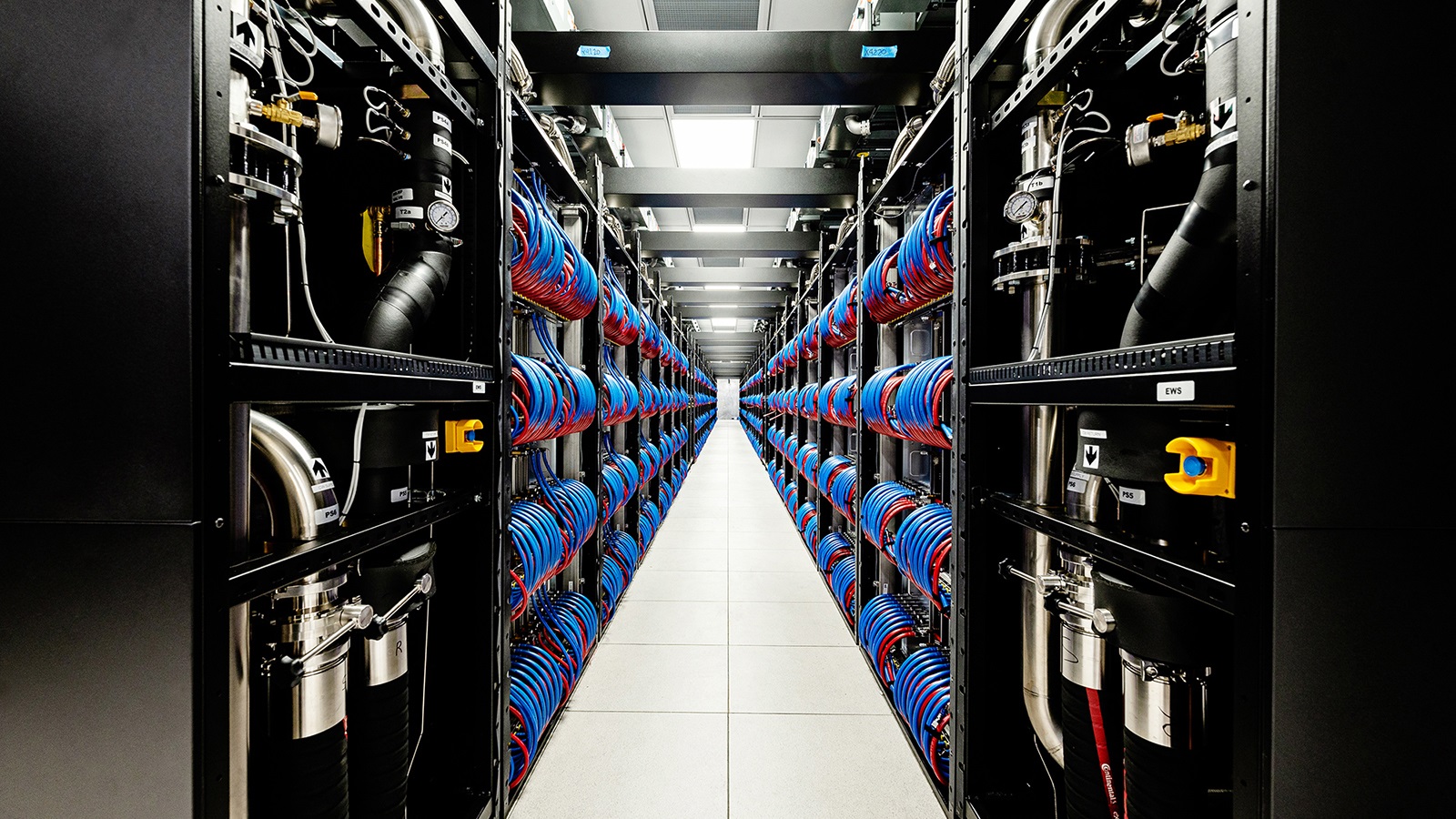The Science
To operate successfully, ITER and future fusion energy reactors cannot allow melting of the walls of the divertor plates that remove excess heat from the plasma in a reactor. These walls are especially at risk of melting when heat is applied to narrow areas. Extrapolating from present-day experiments to ITER and future reactors, scientists have predicted dangerously narrow heat-load width when reactors produce 500 megawatts of power from 50 megawatts of input energy. This risk is in part because ITER is much larger and has far stronger magnetic fields than existing experiments. This means the width of ITER’s heat load may differ from today’s tokamaks. Now, however, an extreme-scale computing analysis indicates that turbulence will reduce that risk. The analysis predicts that turbulence in the reactor plasma spreads the heat-load to an area more than six times wider than predicted from today’s tokamaks. Scientists obtained these findings using a machine-learning program anchored to the full-power ITER simulation results. The result is a simple analytic formula that predicts both the existing tokamak results and ITER results.
The Impact
The wider spread of heat load on divertor walls due to turbulence means scientists can operate ITER more cost-effectively. This will help ITER accomplish its goal of generating fusion power. A predictive formula based on first-principles simulations can allow scientists to design more reliable and efficient future fusion reactors. These designs previously had to account for the limits imposed by exhaust heat-load width. The discovery in the present study will open new theoretical and experimental research on turbulence in edge plasmas in present and future tokamak reactors. The results are an important step in the fusion science and technology needed for future fusion power.
Summary
Extreme-scale simulations using the particle-in-cell tokamak code XGC on the Titan and Summit supercomputers at Oak Ridge National Laboratory reproduce narrow heat-load results from existing tokamaks. However, the same code predicts heat-load width more than six times wider for a full-power ITER plasma than the dangerously narrow values extrapolated from today’s tokamaks. A machine-learning program has found a hidden kinetic parameter that was missing from the previous experiment-based extrapolation parameter set and suggests a new heat-load-width formula that is good for both today’s tokamaks and full-power ITER. The new formula is verified from three new high-fidelity ITER simulations on the Department of Energy’s Summit and Theta supercomputers. Analysis of physics data from the simulations shows that the widening of the heat-load in the full-power ITER is due to turbulent spreading of heat by a kinetic-type turbulence that is not seen in the edge of today’s tokamaks. New experiments in existing tokamaks will validate the new predictive formula and the ITER-compatible turbulence physics. This step will make present-day experiments more relevant to ITER and finding the most successful operation path and design for efficient future fusion reactors.
Funding
Funding for this research was provided by the Department of Energy Office of Science, Fusion Energy Sciences and Advanced Scientific Computing Research programs through the SciDAC Program Partnership Center for High-Fidelity Boundary Plasma Simulation.



